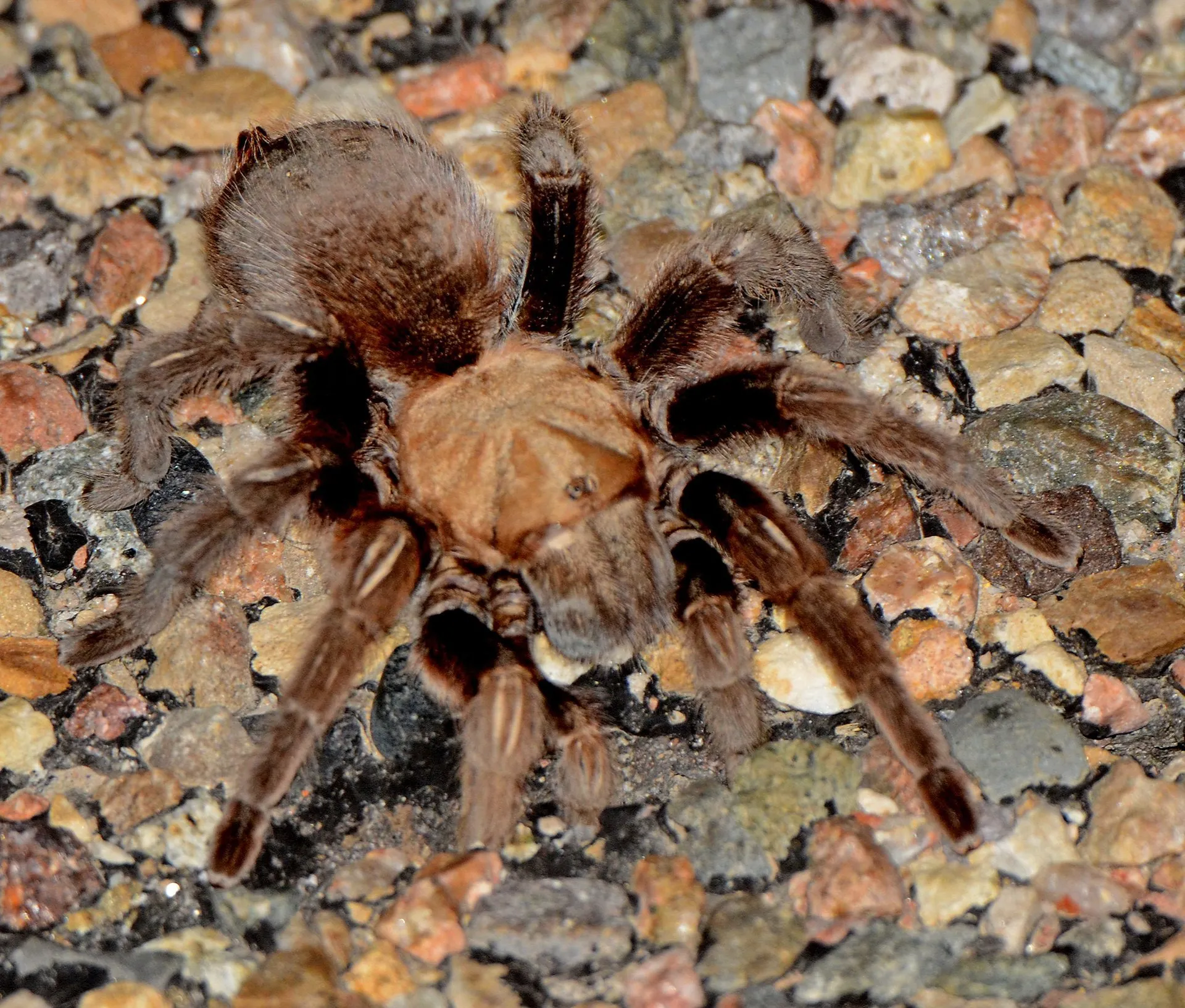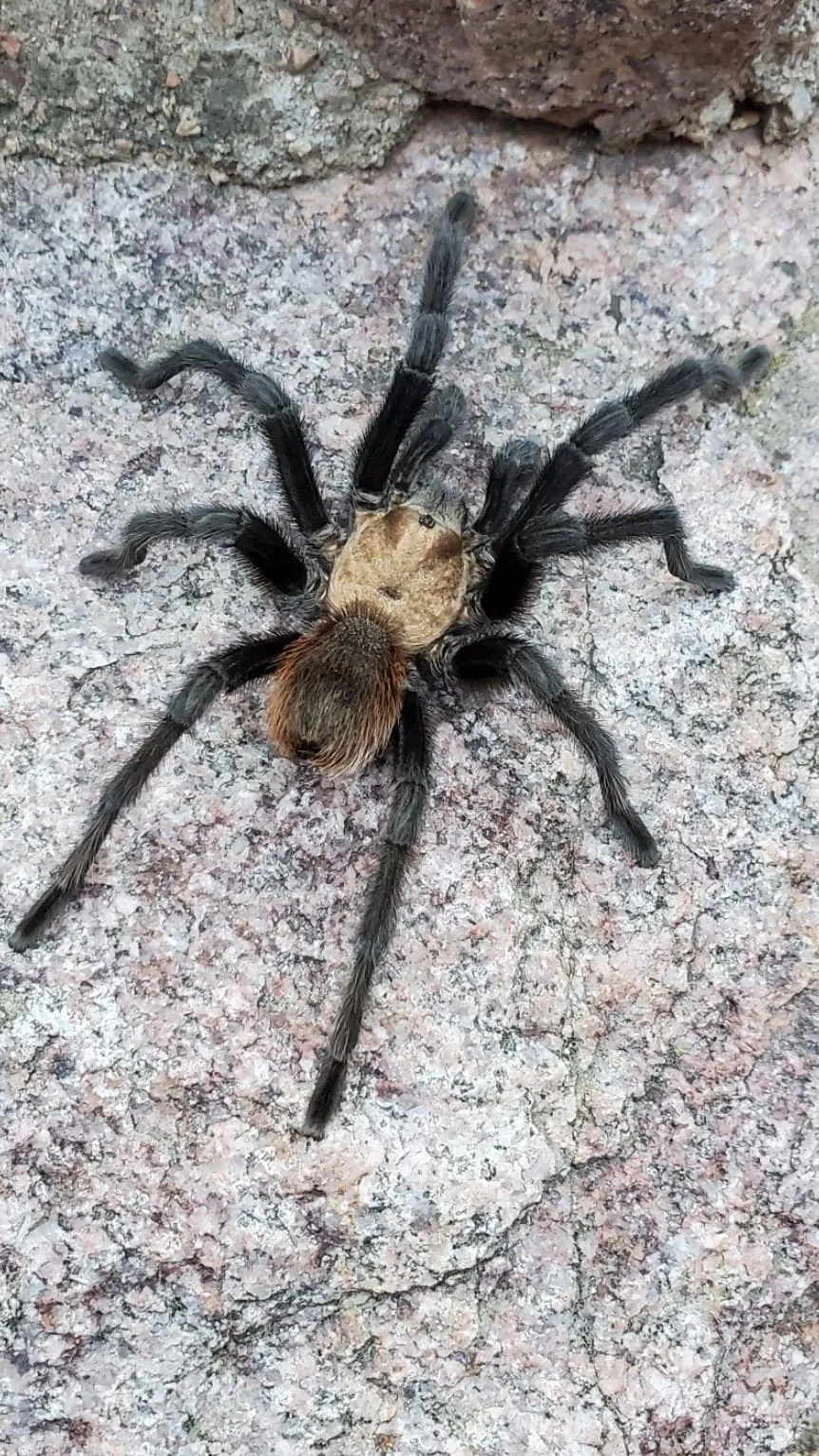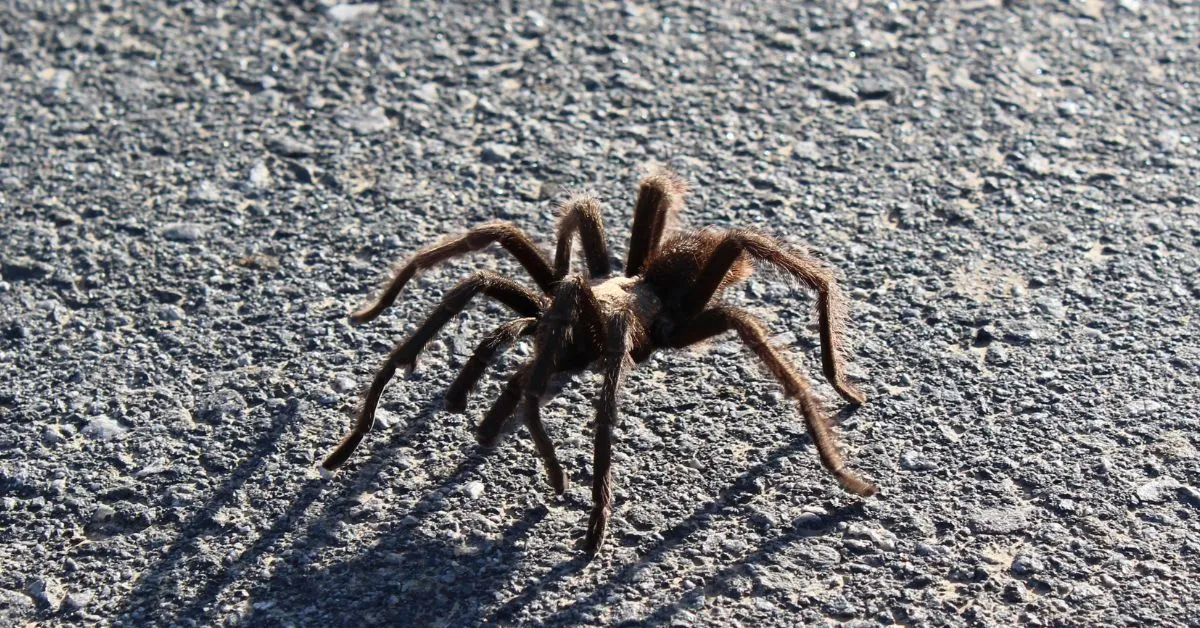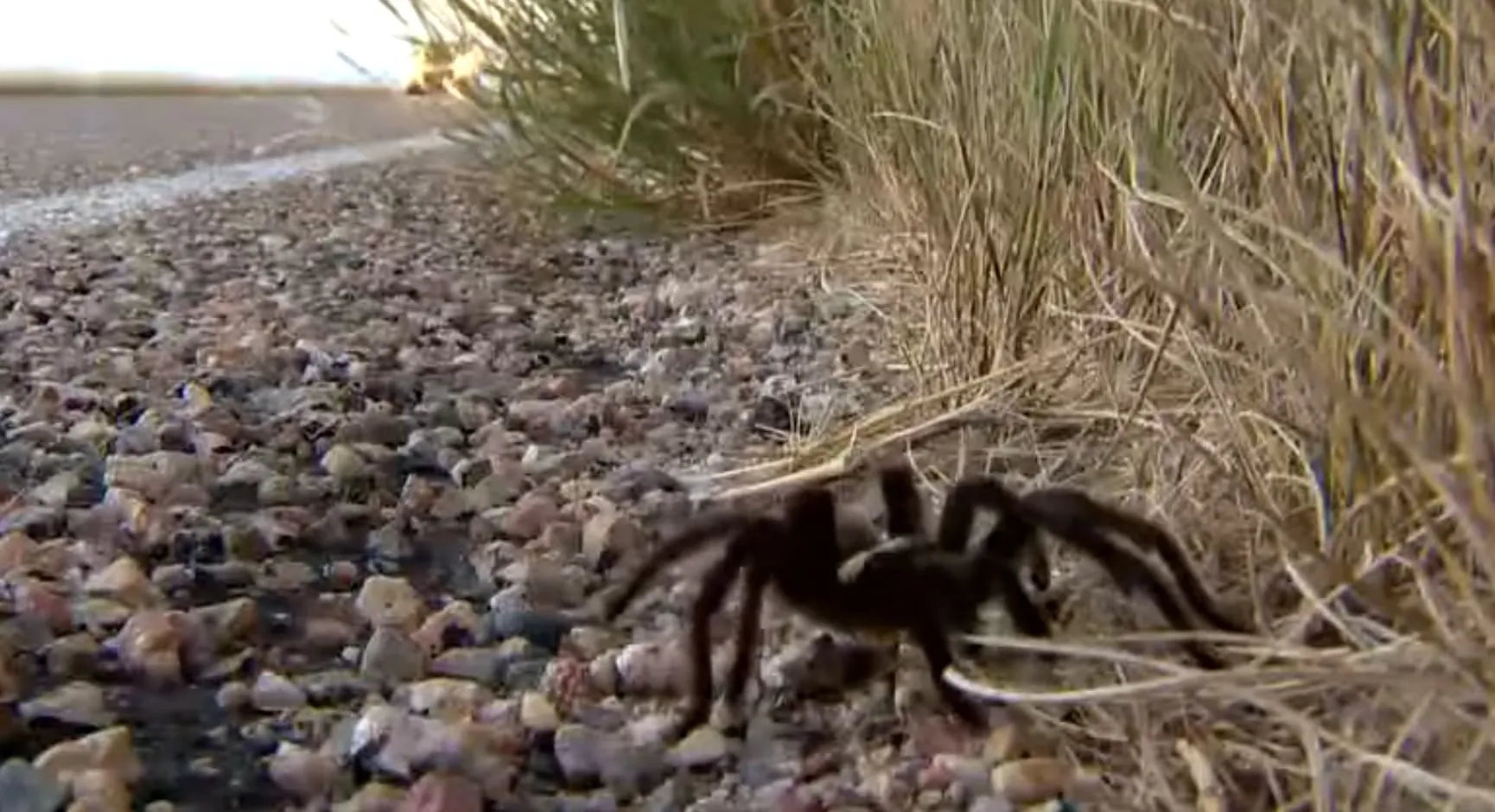Understanding Colorado Tarantula Migration
The Colorado tarantula migration is a captivating natural phenomenon, a yearly spectacle where thousands of tarantulas emerge from their burrows, embarking on a journey across the grasslands. This migration, primarily involving the Oklahoma Brown Tarantula, is driven by their mating rituals. Male tarantulas, in particular, leave their established habitats in search of a mate, creating a surge of activity across the landscape. This event is not just a visual treat but also an essential part of the ecosystem, illustrating the intricate balance of nature. Understanding the migration provides insight into the tarantula’s life cycle and behaviors, allowing enthusiasts and nature lovers to appreciate this unique event. It highlights the importance of conservation and the preservation of their natural habitats, ensuring that future generations can witness this incredible spectacle.
What Triggers the Tarantula Migration
The tarantula migration in Colorado is primarily triggered by the onset of the mating season, which is closely linked to specific environmental factors. The males, reaching maturity, are driven by an inherent instinct to find a mate. This triggers them to leave their burrows and begin their journey across the open grasslands. Weather conditions play a crucial role, with the warm temperatures of late summer and early autumn being a significant catalyst. The presence of moisture, often provided by seasonal rainfall, also influences the timing and intensity of the migration. Understanding these triggers is essential for predicting when and where the migration will occur, enhancing the experience for observers who want to witness this incredible event. It allows for better preparation and increases the chances of spotting these fascinating creatures during their peak activity.
Timing of the Tarantula Migration

The peak of the Colorado tarantula migration typically occurs during late summer and early autumn, generally from late August through September. This timeframe is when the weather conditions are most conducive to the tarantulas’ mating behaviors. The duration of the migration can vary based on weather patterns, with warmer, drier conditions often extending the period of activity. Observing the weather forecasts and being aware of local reports can help to pinpoint the best times to witness the migration. The early mornings and late afternoons tend to be prime viewing times, as the tarantulas are often more active during cooler parts of the day. Knowing the specific timing allows for optimized planning, increasing your chances of observing and appreciating this extraordinary natural phenomenon.
Preparing for the Tarantula Migration
Preparing for the tarantula migration involves several key steps to ensure a safe and enjoyable experience. First, research and identify the best locations known for tarantula activity; areas with grasslands and suitable habitats are ideal. Check the weather forecast and plan your visit during periods of favorable conditions. Inform someone of your travel plans and expected return time. Wear appropriate clothing, including sturdy footwear suitable for walking in uneven terrain, and consider long sleeves and pants for protection from potential bites and sun exposure. Bring plenty of water to stay hydrated, and pack snacks. Lastly, be prepared with the right equipment for observing and photographing the tarantulas, such as binoculars or a camera with a zoom lens. Always maintain a respectful distance from the tarantulas and their habitats.
Essential Gear for Viewing
To fully enjoy and safely experience the Colorado tarantula migration, certain essential gear is recommended. First and foremost, bring high-quality binoculars or a camera with a zoom lens for observing the tarantulas from a safe distance. Comfortable walking shoes are a must, as you’ll likely be covering a significant amount of ground. Carry a reliable source of hydration, such as a reusable water bottle, to stay hydrated throughout the day. Sunscreen, a hat, and sunglasses are also important for protection against the sun’s rays. If you plan on staying out late, bring a flashlight or headlamp. A field guide to tarantulas or local wildlife can enhance your understanding and enjoyment of the experience. A small first-aid kit with insect repellent and any necessary personal medications is also advisable. Finally, a map and compass or GPS device can help you navigate the terrain.
Best Locations to Witness Migration

Several locations in Colorado are known for their tarantula migration, offering excellent opportunities to observe this fascinating natural event. The grasslands and open spaces of southeastern Colorado are particularly popular. Consider visiting areas around the Comanche National Grassland or the Pawnee National Grassland, known habitats for the Oklahoma Brown Tarantula. Before planning your visit, check local park websites or contact wildlife authorities for specific information on the best viewing spots and any potential closures or restrictions. Be mindful of private property and adhere to all posted guidelines. Arriving early in the morning or late in the afternoon can maximize your chances of seeing the tarantulas when they are most active. Consider joining a guided tour or attending a local event to learn from experienced experts and enjoy the experience with fellow enthusiasts.
Safety Guidelines During Migration
Ensuring your safety during the tarantula migration is paramount. Maintain a safe distance from the tarantulas, as they may bite if they feel threatened. Never attempt to handle or provoke the tarantulas. Always watch where you step to avoid accidentally stepping on them or disturbing their burrows. Be aware of your surroundings and watch out for other wildlife, such as snakes and other insects. Wear appropriate clothing and footwear for protection from the elements and potential hazards. Carry a first-aid kit with any necessary personal medications. Inform someone of your travel plans and return time. Stay hydrated by drinking plenty of water, especially in hot weather. By following these guidelines, you can enjoy the migration safely while respecting the tarantulas and their habitat.
Respecting Tarantulas and Their Habitat
When observing the Colorado tarantula migration, it is crucial to show respect for the tarantulas and their natural environment. Avoid disturbing the tarantulas or their burrows. Refrain from littering, and dispose of all waste responsibly to maintain the cleanliness of the habitat. Stay on marked trails where possible to minimize your impact on the environment. Do not remove any plants, animals, or artifacts from the area. Be mindful of noise levels and avoid activities that could disturb the wildlife. Promote responsible wildlife viewing by sharing your knowledge and experiences with others and educating them on the importance of conservation. By practicing these principles, you contribute to the preservation of the tarantulas’ habitat, ensuring that future generations can witness this incredible natural phenomenon.
Photography Tips for Tarantula Migration

Capturing the tarantula migration through photography requires patience and skill. Use a camera with a zoom lens to maintain a safe distance from the tarantulas. Adjust your camera settings to account for the lighting conditions, often best during the early morning or late afternoon when the light is softer. Consider using a tripod for stability, especially when using a long zoom lens. Focus on capturing the tarantulas’ behaviors and interactions, aiming for sharp images that showcase their unique features. Be mindful of the background to avoid distractions and create visually appealing compositions. Edit your photos with care to enhance the colors and details, while still preserving the natural beauty of the tarantulas and their environment. Share your photos responsibly, giving credit to the location and promoting conservation efforts.
Post-Migration Activities and Considerations
After the tarantula migration season concludes, there are several activities and considerations to keep in mind. Reflect on your experiences and share them with others, either through social media, online forums, or local community groups. Support conservation efforts by donating to organizations dedicated to protecting tarantula habitats. Continue learning about tarantulas and their role in the ecosystem through research and educational materials. Begin planning for the next migration season, taking note of your observations and experiences to improve your future visits. Respect any closures or restrictions that may be in place after the migration, allowing the environment to recover. Lastly, remain mindful of the broader ecological context and how tarantulas contribute to the overall health of the ecosystem.
